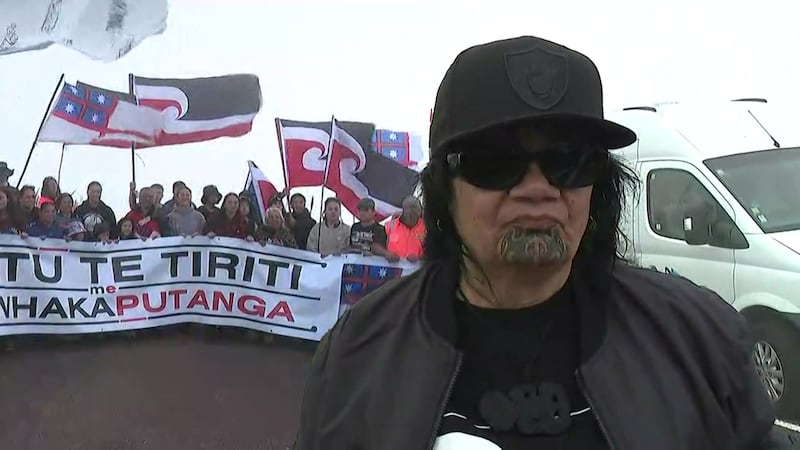Art historians are paying homage to toi Māori in a new book, Toi Te Mana: An Indigenous History of Māori Art, which explores the recorded history of toi Māori across a range of artistic forms, from traditional to contemporary media.
As tino rangatiratanga flags and Māori fashion reflecting kotahitanga and mana motuhake filled the streets over the past weeks, art historian and Toi Te Mana co-author Ngarino Ellis (Ngāti Porou, Ngāpuhi) said toi had always been central to the story of Māori.
“If we think about the changes that have come over the past 300 or 400 years, those changes are made manifest in the arts that our artists have made and our communities have valued.”
She said that rangatira in the past were forward-thinkers, with a clear vision for the future of Māori culture.
“This is talking about our history, celebrating our history and how fantastic our artists were. We had lots of different kinds of values but, most of all, it was about aroha for our art, aroha for taonga tuku iho, aroha for our communities, aroha for our pākeke and for our artists.”

Linda Munn, the last surviving designer of the Tino Rangatiratanga flag, joined the hīkoi mō te Tiriti in Te Kao.
The flag’s popularity as a symbol of Māori identity grew, with one store owner reporting the sale of 750 to 1000 flags.
Te Ao Māori News asked Munn whether she had expected it to become a pan-tribal symbol.
“Oh pan-tribal even, really?”, she said.
“I freaked out when I heard someone use ‘icon’ and I went “really?” ‘cos you know Māori resistance, that’s what you do. Kaupapa is everything, we live it we breathe it.”
Art historian and co-author of Toi Te Mana, Deidre Brown (Ngāpuhi, Ngāti Kahu), emphasised the importance of understanding Māori art as a reflection of cultural identity and history.
She said toi Māori helped to uplift Māori voices because it contained the mana of Māori society.
“Toi also who through the centuries have expressed iwi, they’ve expressed hapu identity and increasingly, since the mid 19th century, a collective Māori identity.
“Many of the taonga in this book refer to self-determination movements that arose in the 19th, 20th and 21st century.”
Brown said in today’s world, it reminded Māori that they could find strength in their ancestors by looking to the toi they left behind.



